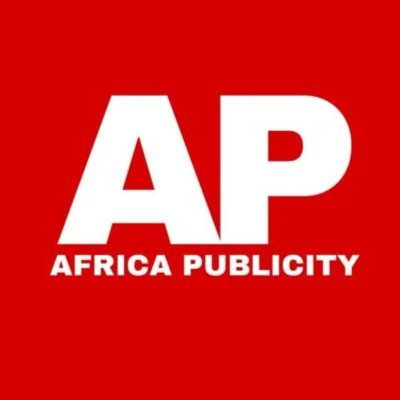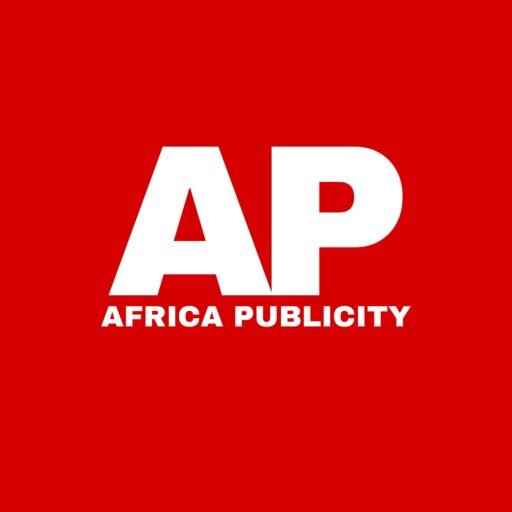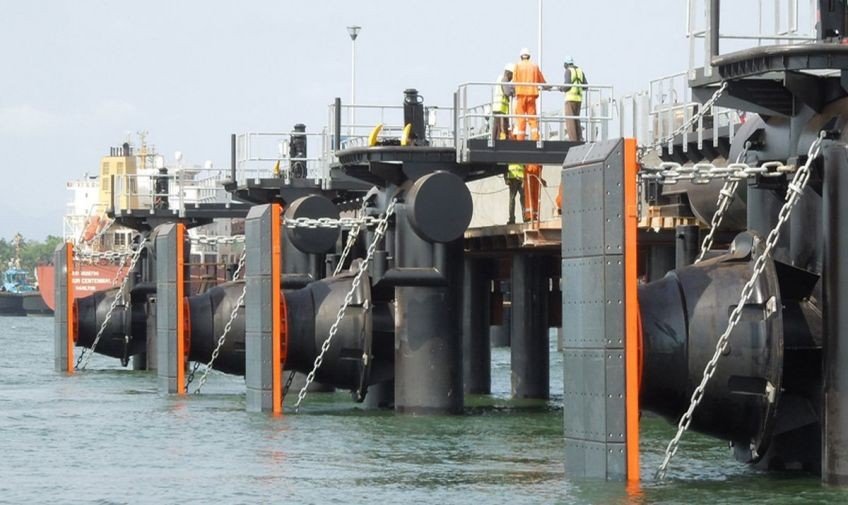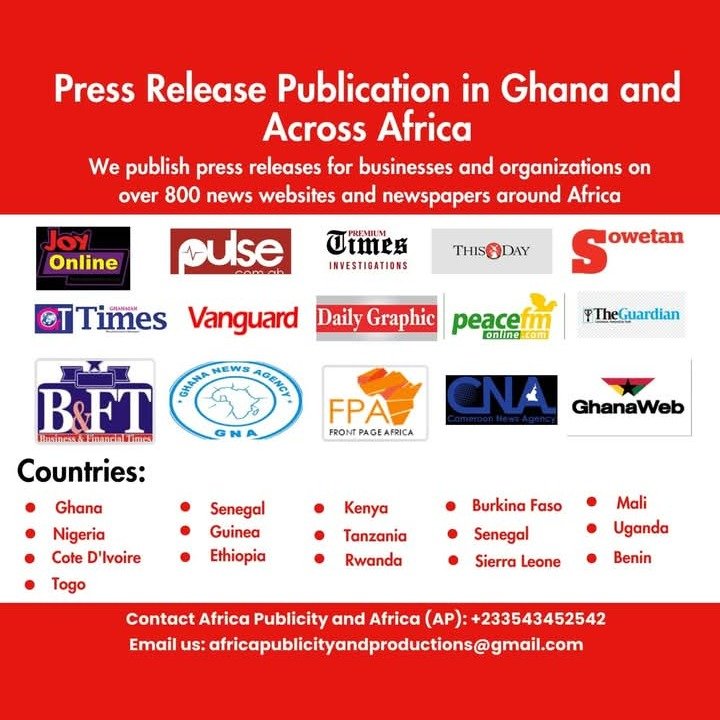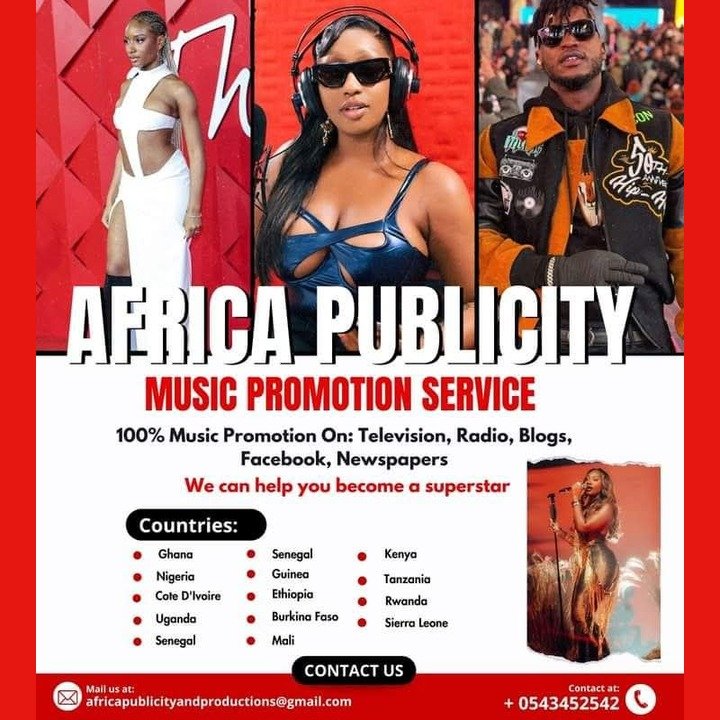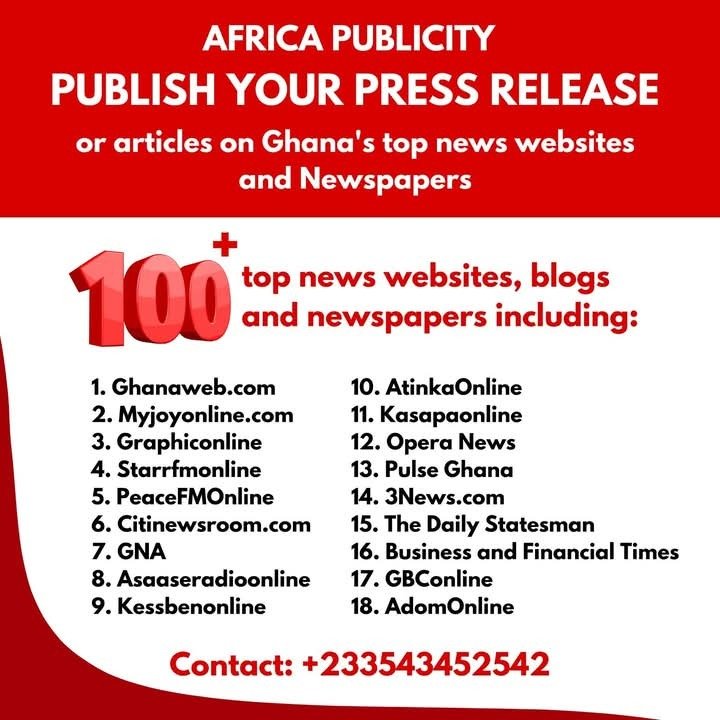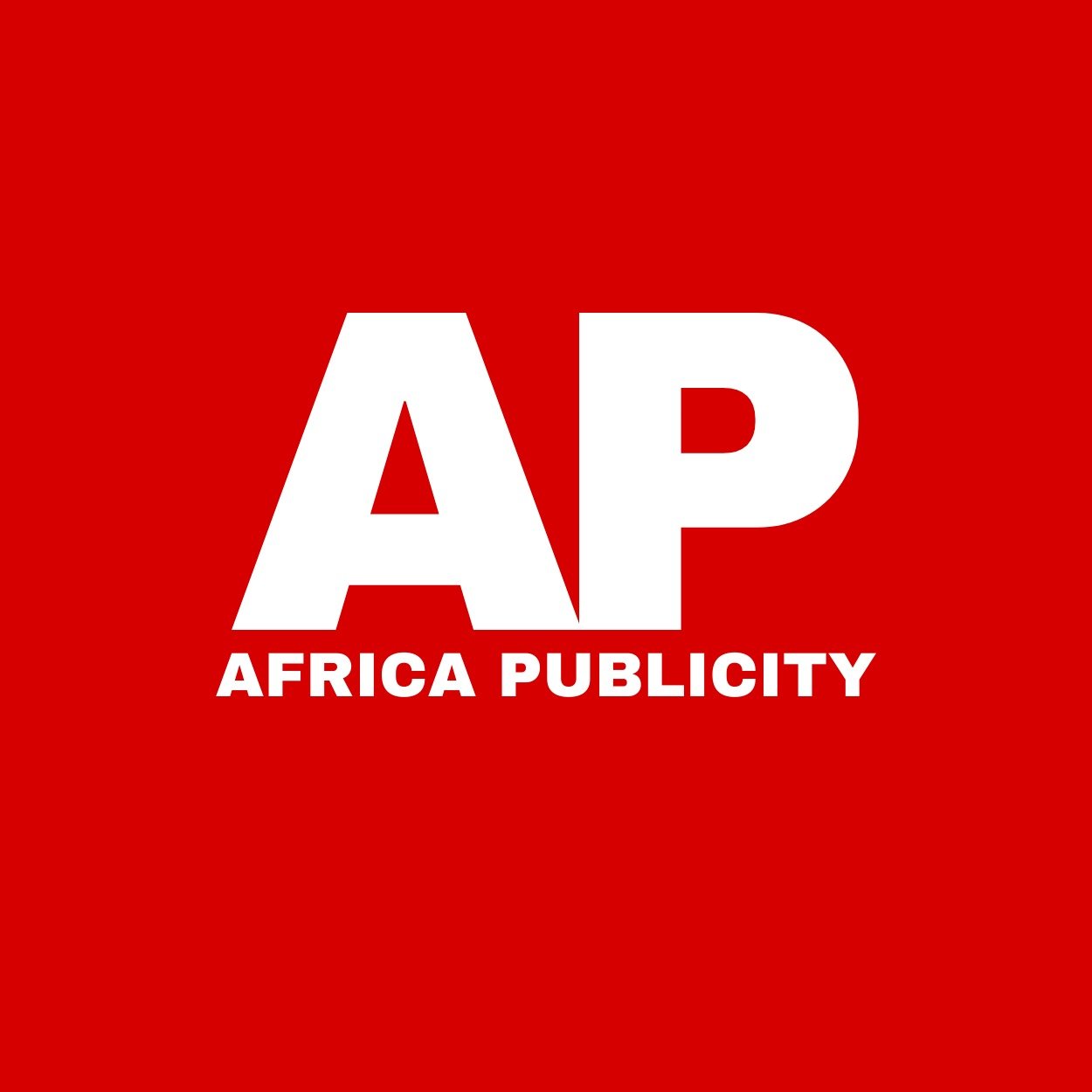By Chernoh M. Jalloh (CMJ)
There is a lot of excitement going around that “Sierra Leone has 30 billion barrels of oil worth over $2.1 trillion,” and some are even claiming that “we are about to compete with Dubai and Russia.”
It is important to share a brief technical perspective on this growing oil and gas excitement in Sierra Leone. We need to distinguish between early-stage geological optimism and proven commercial viability, and avoid drawing premature conclusions from unverified resource claims.
Yes, Sierra Leone Has Oil and Gas Potential
Several offshore seismic surveys and exploration wells indicate that Sierra Leone may indeed contain a working petroleum system.
Notably, the Venus-B1 and Mercury-1 exploration wells, drilled by Anadarko Petroleum and partners between 2009 and 2012 in the deepwater Sierra Leone–Liberia Basin, encountered hydrocarbon shows. These were reported by Anadarko in 2010 and Tullow Oil in 2012. Additional 2D and 3D seismic surveys conducted by companies such as TGS, PGS and others suggest the presence of structural and stratigraphic traps offshore. Estimates from the Petroleum Directorate of Sierra Leone (PDSL) suggest up to 44 billion barrels of oil-in-place may exist across deepwater blocks. This is based on PDSL briefings in 2018 and data from PGS and TGS.
This indicates that Sierra Leone has a working petroleum system. The key geological ingredients are present, including source rock, reservoir, seal and migration pathways. That is an encouraging sign.
But That Does Not Mean Sierra Leone Is Set to Compete With Dubai or Russia
It is crucial to differentiate three often misunderstood terms in petroleum geology.
Oil-in-Place (OIP):
This refers to the total volume of hydrocarbons estimated to be trapped underground, regardless of whether it can be economically extracted. In Sierra Leone’s case, the 44 billion barrels of oil-in-place are a probabilistic geological estimate. They are not verified, not recoverable and not classified as commercial reserves.
Reference: Schlumberger Oilfield Glossary, Society of Petroleum Engineers (SPE) Reserve Classification Guidelines
Recoverable Oil:
This is the portion of oil-in-place that can actually be extracted using existing methods. In deepwater basins like Sierra Leone’s, typically only about 10 to 30 percent of oil-in-place is recoverable.
Reference: Tissot and Welte, 1997, API Technical Reports on Recovery Factors in Deepwater Fields
Proven Reserves:
These are quantities of oil confirmed by well tests, reservoir simulations and commercial feasibility under current market and technical conditions. To date, Sierra Leone has no proven reserves. No well has demonstrated sustained flow rates, pressure support or viable economic extraction.
Reference: SPE Petroleum Resources Management System (PRMS), 2018 edition
What Needs to Happen Next
To move from potential to production, Sierra Leone must progress from discovery to development. This involves several technical steps and large financial investments.
Drill Appraisal Wells
These wells confirm the size, quality and pressure of the reservoir. They help determine how much oil is truly present.
Conduct Flow Tests
Flow tests determine whether oil can be extracted sustainably and economically under real-world conditions.
Build Production Infrastructure
If a commercial field is confirmed, Sierra Leone will need massive investments in infrastructure. This includes offshore drilling platforms, subsea pipelines, floating production storage and offloading units (FPSOs), and onshore storage and export facilities.
These developments require billions of dollars, partnerships with experienced international oil companies, favourable investment terms and a strong regulatory environment.
A Simple Way to Understand It
Imagine someone says there is gold in your backyard.
A scan, like a seismic survey, detects something shiny underground.
You dig and find gold flakes, which is similar to an exploration well.
But unless you test how much gold is really there and install proper mining equipment, you are not yet a gold producer.
That is exactly where Sierra Leone is with oil.
The Truth
Sierra Leone has oil potential and that is promising. But the facts remain:
We do not have any proven reserves yet.
We have not moved from frontier exploration to development.
We are not in a position to compete with global oil-producing nations.
Let Us Stay Grounded in Facts
We must remain hopeful, but we should only celebrate what is proven and real.
Sierra Leone’s offshore basin has potential. However, turning oil discoveries into national prosperity requires credible geological data, transparent investment policies and strong institutions.
The journey from oil potential to national revenue is long and technical. It demands discipline, good leadership and strategic planning. With time and the right partners, Sierra Leone may one day benefit from its oil resources.
Until then, let us avoid misleading headlines and manage expectations with honesty.
